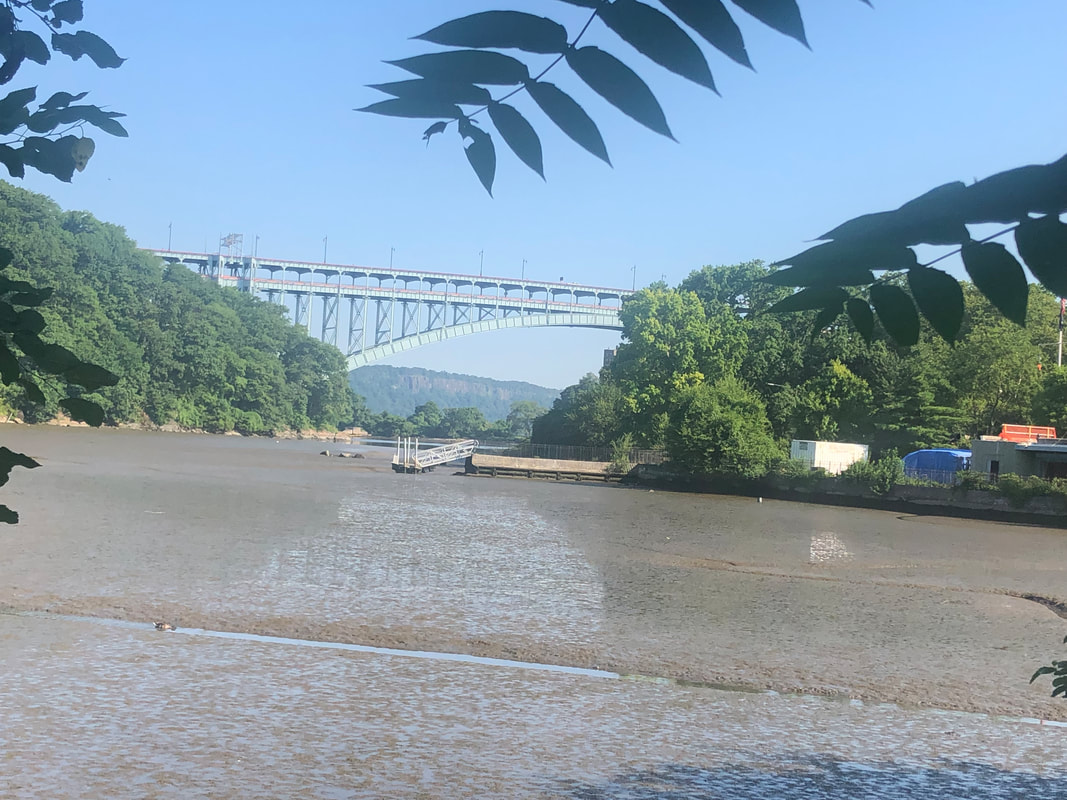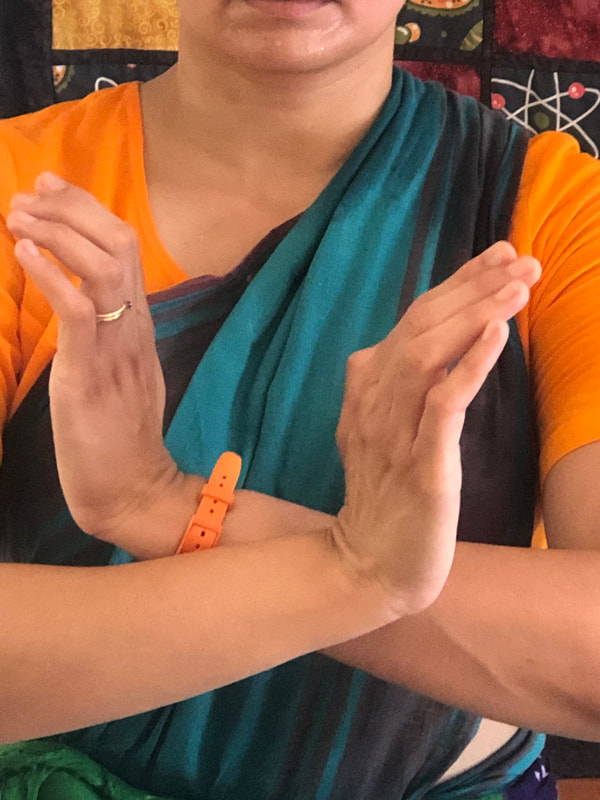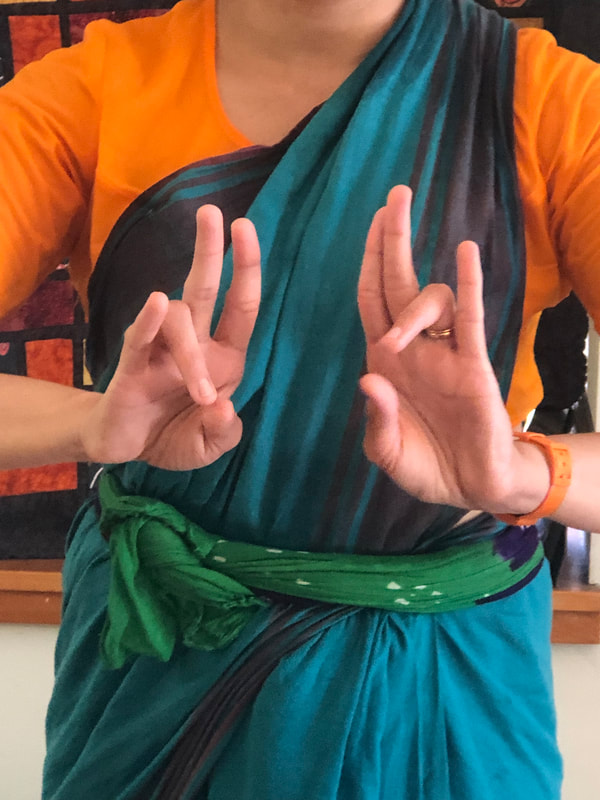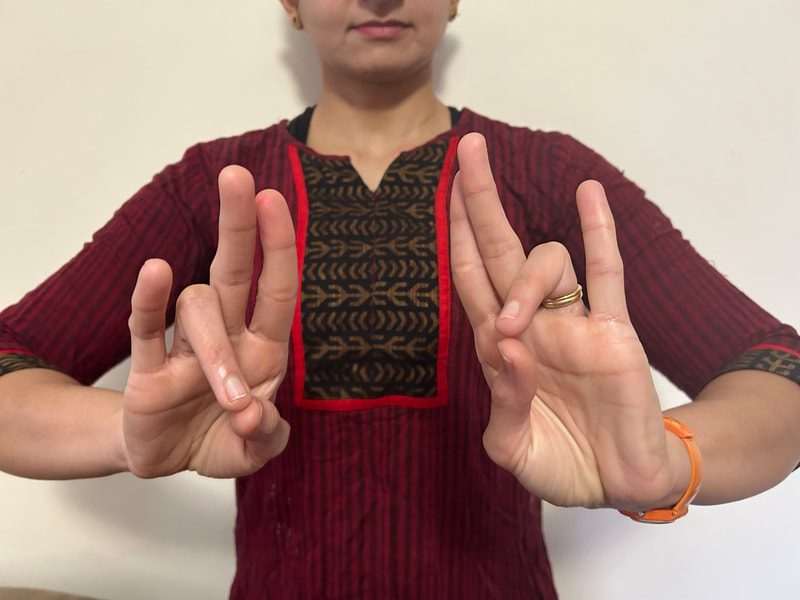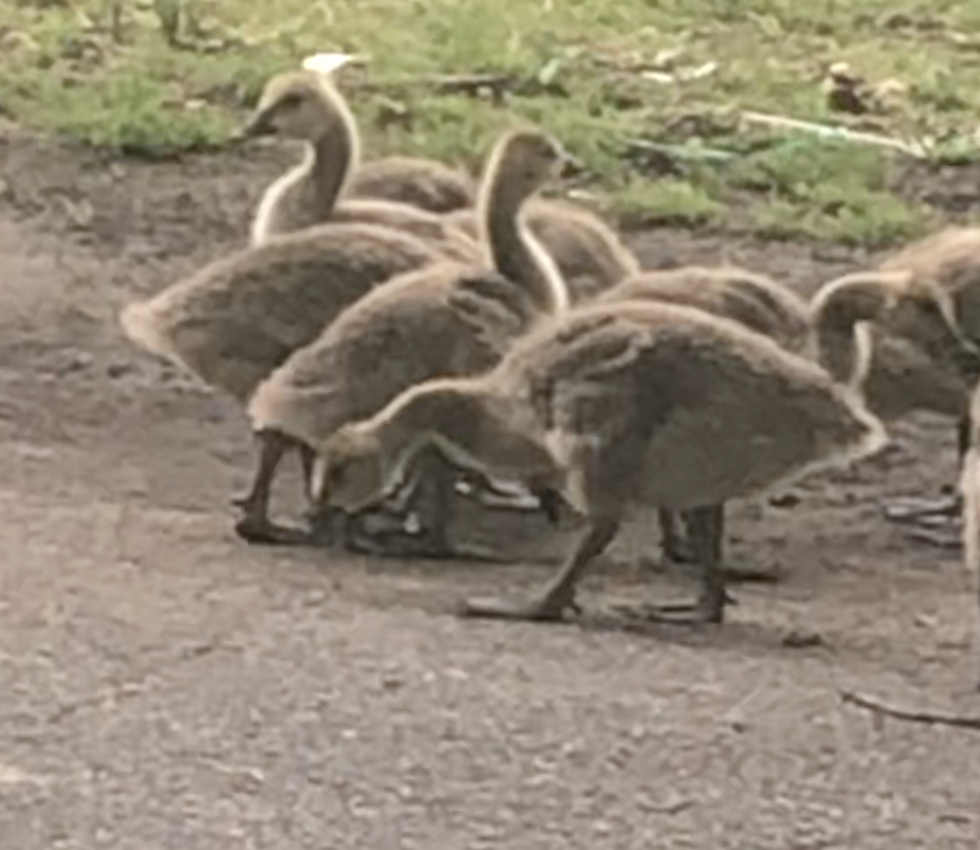|
Creatures on the move - an introduction Episode 2 of Vichaar is all about movement. We looked at the neuroscience of movement, the types of movement in Bharatanatyam ranging from subtle, minute ones, to those that span the entire stage. In subsequent blog posts, I talked about the evolution of movement for survival, stillness and the complexity of staying still, saccades, and synaptic plasticity in movement as is evident by my Pup running on three paws. The depiction of animals in Bharatanatyam is not uncommon - we routinely show Lord Kartikeya's peacock, Lord Ganesha's mouse, his elephant trunk and tusk, and the snake For the upcoming episodes on the theme of movement, I will explore animals, the way they move, and how their brains and nervous systems make their movement possible. All the animals you will see in this series are from my neighborhood of uptown Manhattan, which speaks to the wonders of nature that reside right at our doorsteps!
I hope these posts make you think of your favorite animals, how their movement inspires you, and how you may evoke it in dance.
0 Comments
Leave a Reply. |
About SlokaMy name is Sloka. I am a neuroscientist and Bharatanatyam dancer; you can find more about me here. Archives
June 2024
|
